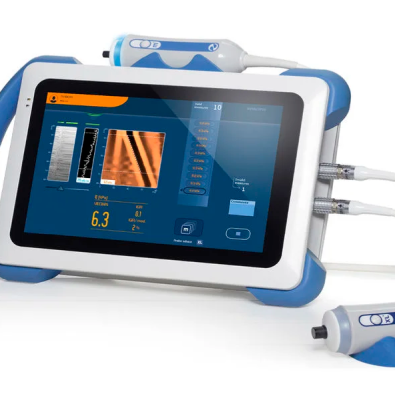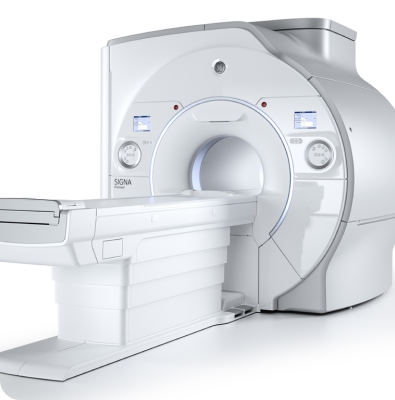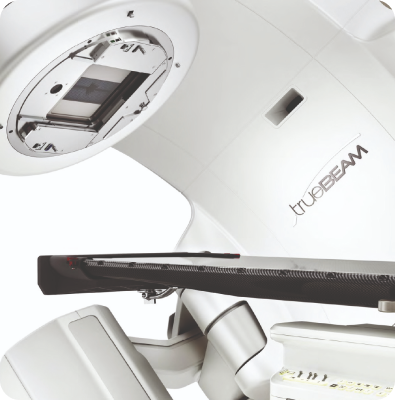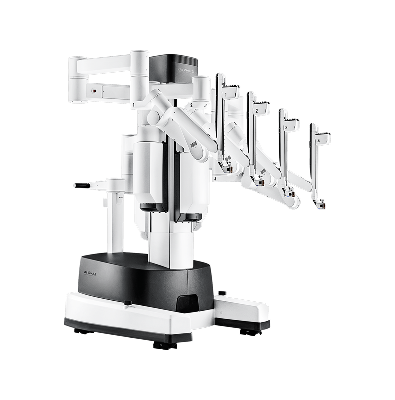The Department of Obstetrics and Gynecology consists of two main branches: obstetrics, which focuses on pregnancy, childbirth, and the postpartum (puerperal) period; and gynecology, which deals with disorders of the female reproductive organs such as the uterus, ovaries, and vagina. Specialists who have received training in these areas and provide both medical and surgical treatment options are called obstetricians and gynecologists.
The Department of Obstetrics and Gynecology is responsible for the diagnosis and treatment of all diseases originating from the uterus, ovaries, and vagina. This includes a wide range of conditions such as ovarian cysts (including chocolate and dermoid cysts), uterine fibroids (myomas), infections of the uterus, ovaries, and vagina, sexually transmitted diseases, and urinary incontinence or retention problems. The department offers comprehensive care combining preventive, medical, and surgical approaches.
What Services Are Offered in the Obstetrics and Gynecology Department of Güven Hospital?
At Güven Hospital’s Department of Obstetrics and Gynecology, we provide comprehensive care including routine and high-risk pregnancy follow-up, management of the childbirth process, postpartum (puerperal) care, and breastfeeding support services. In addition to annual gynecological check-ups for women’s reproductive health, services include Pap smear testing (cervical cancer screening), diagnosis and treatment of uterine, ovarian, and vaginal diseases, as well as reproductive health and assisted reproductive technologies.
Diagnostic and treatment planning in our department follows a stepwise approach, from basic to advanced evaluations. After obtaining a detailed medical history, a gynecological examination and simultaneous ultrasound assessment are performed. If the findings are sufficient, an individualized treatment plan is created. When further evaluation is necessary, laboratory testing and advanced imaging techniques are utilized to ensure accurate diagnosis and comprehensive management.
PREGNANCY FOLLOW-UP
In our country, pregnancy follow-up is carried out meticulously and with great attention. Once pregnancy is confirmed, an ultrasound examination is performed to ensure that the gestational sac is properly located. After confirming a healthy pregnancy, regular monthly check-ups are scheduled. From the 32nd week onward, follow-ups are conducted every two weeks, and from the 36th week, weekly visits are recommended.
During pregnancy monitoring, several tests are performed to assess the health of both the mother and the baby. These include chromosomal screening tests and ultrasound imaging to evaluate the baby’s anatomy. In early pregnancy, a set of routine laboratory tests is conducted to identify any risks for the mother or the baby. Specific tests are also carried out at regular intervals throughout pregnancy, and maternal blood pressure is closely monitored to detect any signs of hypertension.
ENDOMETRIOSIS (CHOCOLATE CYSTS)
Endometriosis, which affects millions of women worldwide, manifests as chronic pelvic pain, uterine masses, painful menstruation, or bowel and urinary tract discomfort. Cysts that form on the ovaries due to endometriosis are known as “chocolate cysts.” If left untreated, these rapidly growing cysts can lead to serious complications, including infertility.
Ultrasound and pelvic examinations provide critical clues for diagnosis. The gold standard for diagnosis and treatment is laparoscopy, which allows direct visualization of endometriotic lesions and enables their surgical removal during the same procedure. Laparoscopic surgery provides magnification, helping surgeons identify and remove even the smallest lesions more effectively than open surgery. Additionally, laparoscopy reduces the risk of spreading endometriotic tissue to the abdominal wall. Therefore, whenever appropriate, endometriosis surgery is performed laparoscopically.
Endometriosis is not a congenital disease, but it has a tendency to recur even after treatment. For this reason, laparoscopic surgery for endometriosis should be performed in a fully equipped center by an experienced surgeon to minimize the risk of recurrence and ensure the best outcomes.
URINARY INCONTINENCE
Urinary incontinence, also known as urinary leakage, occurs when the muscles and nerves responsible for bladder control fail to function properly. The most common types are stress incontinence and urge incontinence. Stress incontinence occurs when pressure inside the abdomen increases — for example, during coughing, sneezing, laughing, or sudden movements — leading to leakage. Urge incontinence, on the other hand, results from involuntary bladder contractions that cause a sudden, intense urge to urinate, often leading to leakage before reaching the restroom. It is commonly associated with bladder muscle dysfunction rather than an anatomical problem and is often seen in individuals who habitually delay urination.
Diagnosis primarily relies on patient history and physical examination. Additional tests may be performed to assess the mobility of the urethra (the tube that carries urine from the bladder). While diagnosis and evaluation of urinary incontinence in women are generally straightforward, advanced diagnostic tests may be required in complex cases.
For urge-type incontinence, medication therapy is commonly used and yields positive results. For stress incontinence or mixed-type incontinence (a combination of both), surgical interventions that reduce bladder neck mobility are often preferred to achieve long-term improvement.
UTERINE (PELVIC FLOOR) PROLAPSE
Pelvic floor prolapse occurs when the uterus, bladder, intestines, or rectum descend into or outside the vaginal canal. The most common cause is difficult or traumatic vaginal childbirth. In women with weak connective tissue, uterine prolapse can also occur with aging due to the effects of gravity.
Surgical treatment depends on the patient’s age and reproductive plans. In women who have completed childbearing and present with significant uterine, bladder, or rectal prolapse, vaginal hysterectomy and repair of the affected pelvic structures are typically performed. For younger women who wish to preserve fertility, minimally invasive laparoscopic techniques such as uterine suspension or fixation of the uterus to the sacrum using mesh materials are preferred. These procedures allow reproductive function to continue while effectively correcting the prolapse. Pelvic floor surgery generally provides highly successful and long-lasting outcomes when performed by experienced specialists.







